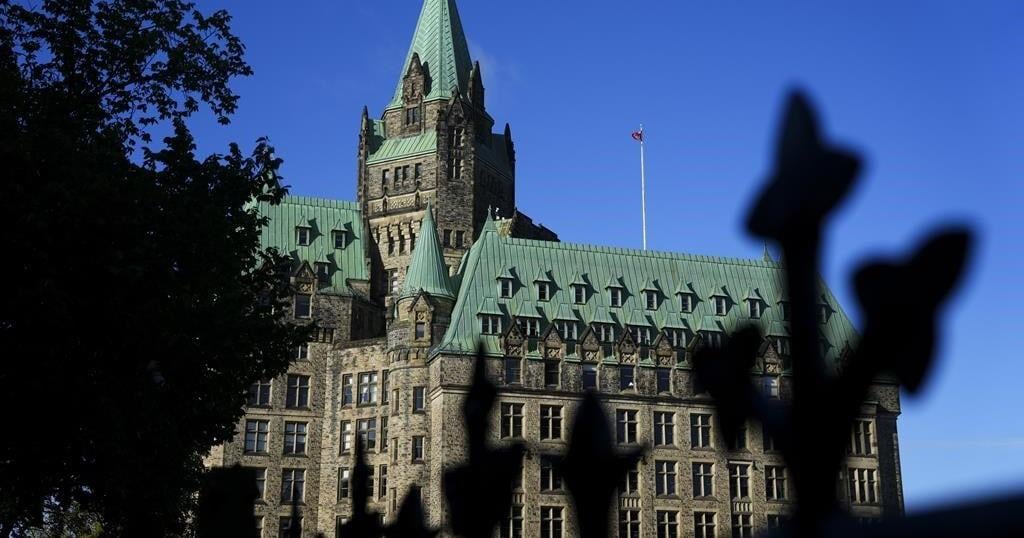On January 1, 2023, as the world celebrated the start of a new year, several families were mourning in the Rajouri district of Indian-administered Jammu and Kashmir. Armed men stormed a village and killed four civilians, injuring six others. Two more civilians were killed the following day.
Just a few weeks earlier, on December 13, India’s Minister of State for Home Affairs Nityanand Rai had presented investment data for Jammu and Kashmir. The numbers spoke for themselves: investments have fallen by 55 percent over the past four years.
Together, the killings and the declining investments contradict two central arguments that have been at the heart of the Indian government’s rationale for the 2019 abrogation of the semi-autonomous status that the region previously enjoyed: that the move would help improve security and spur economic development.
In the past, federal governments in New Delhi have often blamed Jammu and Kashmir’s woes on local governments in power in the region. That’s no longer an excuse that works.
When the Hindu nationalist government of Prime Minister Narendra Modi eliminated Article 370 of the Indian constitution — which gave Kashmir “special status” — it also carved out the territory of Ladakh from the region. Kashmir’s statehood was withdrawn, and it was made a union territory, directly controlled by New Delhi.
Jammu and Kashmir doesn’t even have the disempowered legislature that other union territories have — the region hasn’t had elections in seven years. Yet it should now increasingly be clear, if it wasn’t previously, that sidelining democratic processes and principles, and steamrolling constitutional provisions, aren’t working in improving the region’s security or economic allure.
Follow the money
The abrogation of Article 370 allowed non-residents to buy and own land in Jammu and Kashmir for the first time. Critics of the region’s previous special status frequently cited restrictions on land ownership as a major reason why private sector industries were reluctant to set up businesses there.
However, data published by the Indian government’s Ministry of Home Affairs — and made public by Rai — calls a bluff on those claims. Total investment in 2021-22 in Jammu and Kashmir stood at $46m, down from $50.5m the previous year, and dramatically less than the $102.8m spent in 2017-18.
While the COVID-19 pandemic no doubt affected Kashmir’s economy, the statistics suggest that wasn’t the biggest factor in investments drying up. After all, the steepest fall in investments came the year that the Indian government ended Kashmir’s semi-autonomous status, before the pandemic, halving from $72.3m in 2018-19 to $36.3m in 2019-20.
Track the bullets
Things aren’t much better on the security front. Although political protests have subsided because most pro-independence leaders have been imprisoned, armed groups appear to have changed their tactics.
Attacks on civilians have increased in the last few years and are increasingly being directed at non-resident Hindus and the minority Kashmiri Pandit community. A S Dulat, the former chief of the Research and Analysis Wing, India’s external intelligence agency, recently highlighted the sophistication of these attacks. The targeted killings, he said, demonstrated that the armed groups have a strong intelligence network and possibly have members within the government.
At least 18 Kashmiri Pandits and non-resident Hindus have been killed in Kashmir since the abrogation of Article 370.
As with the economy, the Indian government’s own data does not support claims that armed groups have been contained. The number of attacks by such groups was 229 in 2021, not significantly different from many previous years: There were 279 incidents in 2017, 322 in 2016, 208 in 2015, 222 in 2014 and 170 in 2013, the year before Modi came to power.
What’s really at play
The Indian government had claimed that Article 370 restricted people’s participation in the political process and led to a few families dominating the politics of the region. However, since 2019, Modi’s Bharatiya Janata Party has taken steps to further disempower local Kashmiris.
First, constituency boundaries for the region’s legislature were redrawn in a way that gives Hindu-majority Jammu a greater say in elections than its population, relative to Muslim-majority Kashmir’s, merits. In effect, that strengthens the chances of the BJP coming to power in Jammu and Kashmir.
Then a revision of the voter list was carried out, giving voting rights to outsiders. Jammu and Kashmir is home to hundreds of thousands of migrant workers and army personnel — if allowed to vote, their electoral influence is going to be significant.
Some Kashmiri leaders have invoked the region’s 1987 elections which were allegedly rigged and were considered a tipping point when the armed separatist movement in Kashmir took off.
Meanwhile, armed groups may continue to adopt attacks on non-local civilians as the mainstay of their strategy to signal their opposition to demographic changes attempted by New Delhi.
While Kashmiris and non-locals alike suffer, there is no reason to expect that Modi and his government will change their policy towards the region. The BJP’s hardline approach towards Kashmir helps it bolster its image in the rest of India as a party that is tough on “terrorism” and “separatism”.
The truth, of course, is more complicated. The BJP’s policies have led to increased insecurity for people living in the region — whether they’re Hindu or Muslim. And there has been no economic payoff, either.

Source link
Related

























